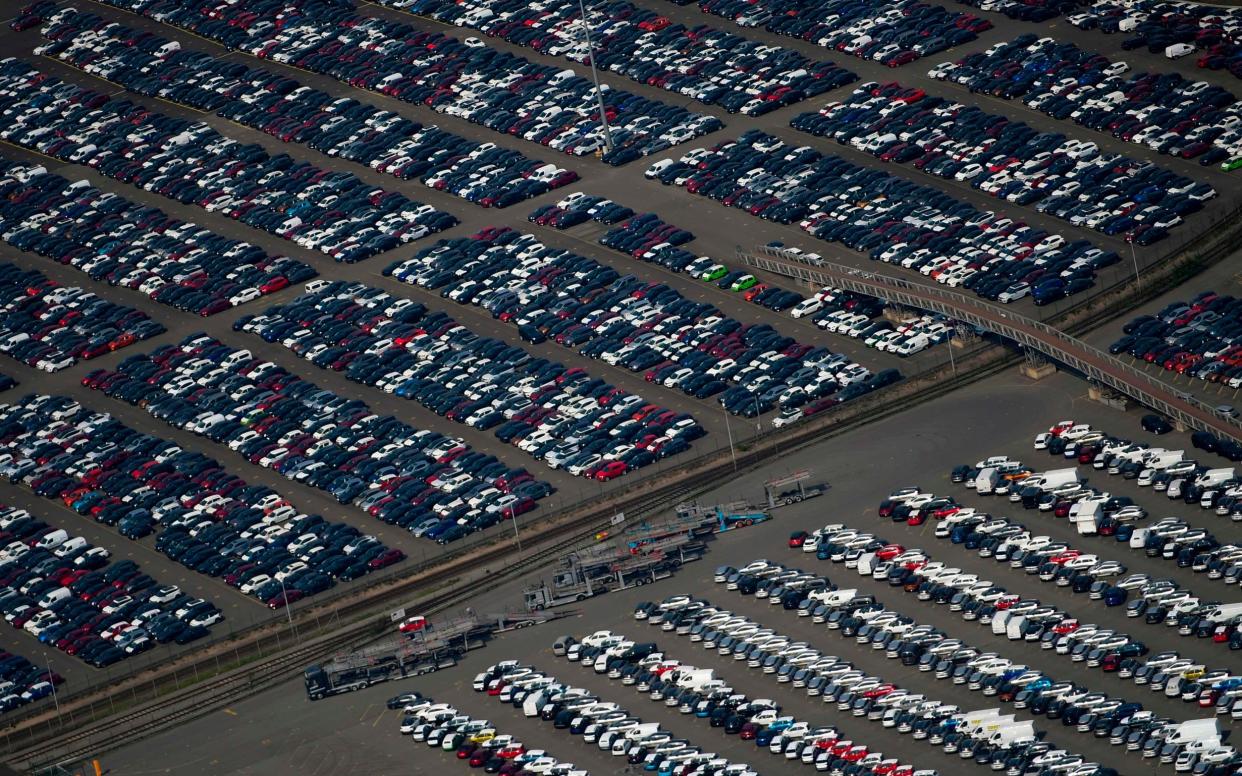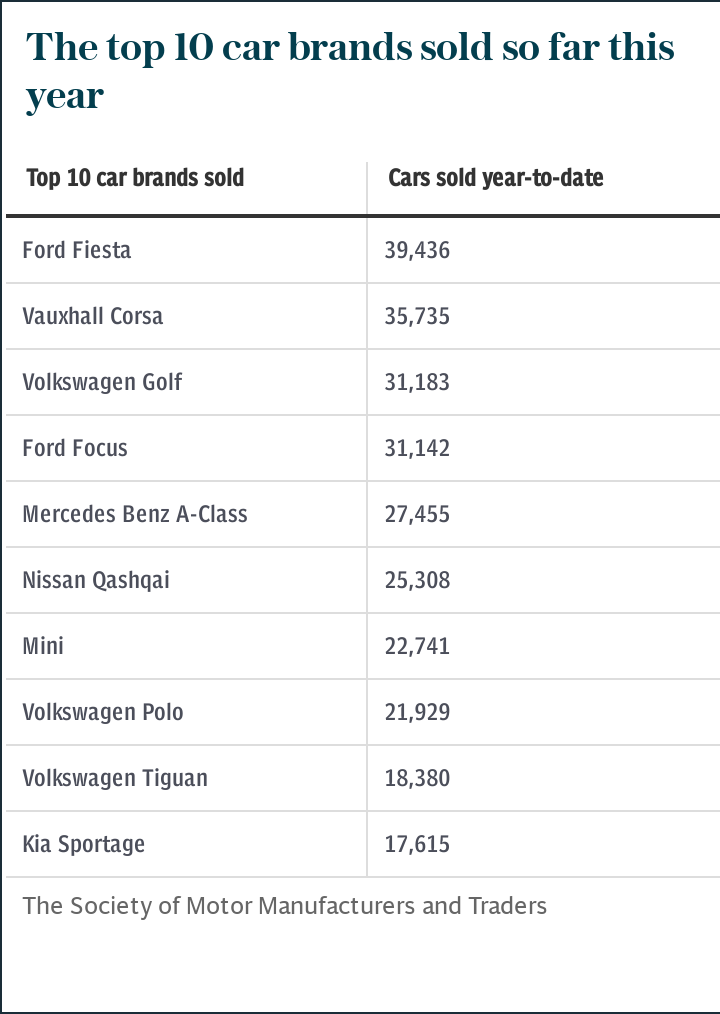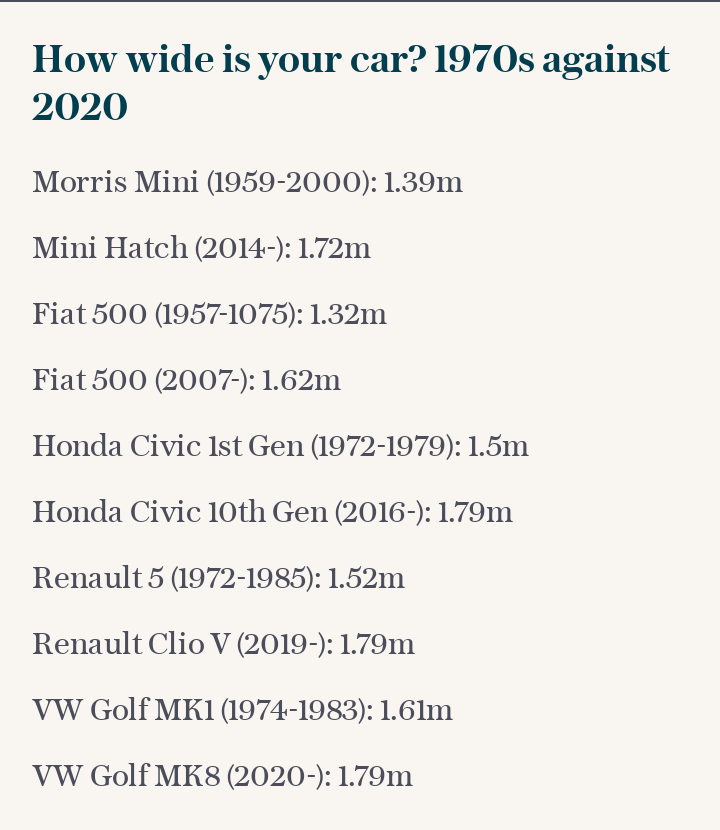New cars leave drivers just 21cm of room in parking spaces, dwarfing classic counterparts

Modern cars have grown so big that drivers have as little as 21cm of room to spare in a parking space, research has revealed.
The study by CarGurus, the comparison site for motorists, found that the country’s most popular cars are as much as 55 per cent larger than they were in the 1970s, while the standard parking space has not grown in size.
The firm said this left drivers having to “park Houdinis” to get out of their vehicles and urged the Government to update its guidance for councils on space size to take into account the burgeoning scale of beloved cars.
Chris Knapman, UK editor of CarGurus, said: “It's understandable why cars have grown so much over the years. The dramatically improved safety standards of modern cars versus those of years gone by is an obvious benefit.
“However, as many motorists will no doubt confirm, it's disappointing that parking space guidelines haven't been updated accordingly.”
The Department for Transport said it has not given guidance to councils on parking since 2016, and that this was the responsibility of the Chartered Institution of Highways and Transportation.
Mr Knapman pointed out that many modern cars are equipped with sophisticated technology to assist with parking – including sensors, reversing cameras and automatic parallel parking functions.
But he added: “No matter how easy the technology makes it to park, if the space is too small for your car, none of it will help you physically to squeeze out of the driver's seat."
CarGurus compared the dimensions of the 23 most popular cars on the road today that had an equivalent available in the 1970s.

It said that the models have continually grown in size to reflect, not just the additional safety features available, but the increased size of drivers.
Research suggests that millions of drivers scrape their cars each year trying to park in cramped spaces or pillar-filled multi-storey car parks, with average repair bills running to hundreds of pounds.
The biggest grower in the study was the three-door Mini Hatch, which is now 55 per cent bigger and takes up 20 per cent more of a parking space than the original manufactured between 1959 and 2000.
Meanwhile, the generation of Honda Civics made today is 1.8m wide, an increase of 44 per cent on its 1970s counterpart, and takes up nearly three quarters of a standard parking bay.
The standard size of a parking bay is 2.4 by 4.8m and has not changed in 50 years, according to CarGurus.
The tightest fitting car of all is the Land Rover Range Rover, which is 1.98m wide, taking up 86 per cent of a parking space and leaving drivers just 21cm breathing space.

Alex Kindred, of Confused.com, the price comparison website, warned drivers to inform their insurer if their car is scraped in a car park.
“If your car is damaged in a car park, you may not be able to track down the person responsible, leaving you to foot the bill,” he added.
“Depending on the excess on your policy, it may not be very cost effective to recover the costs through your insurer. But scrapes and bumps of any size should always be flagged.
“While you might think your insurer will never find out, it could come up if you need to have an assessment for any other damage in the future.”

 Yahoo News
Yahoo News 
